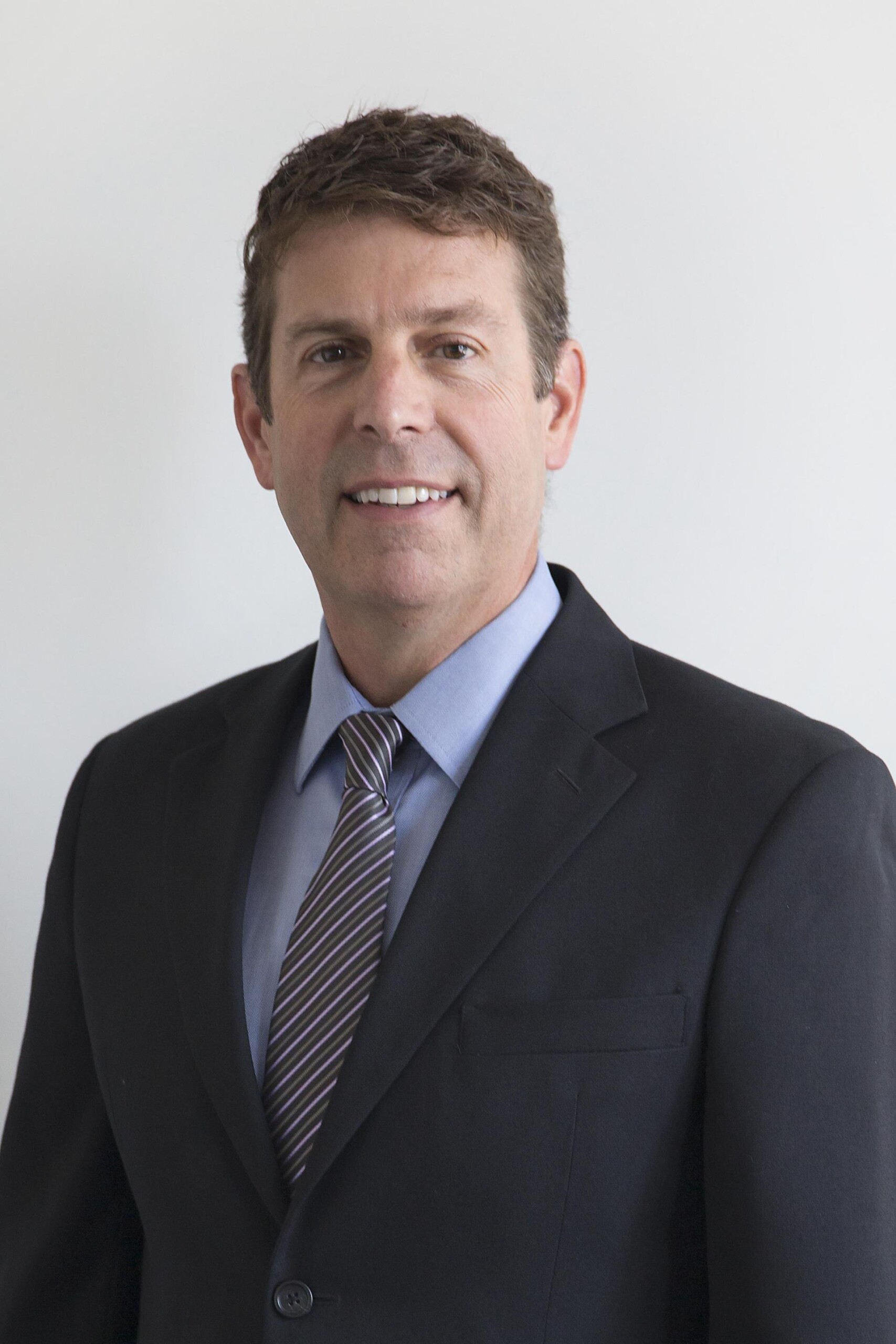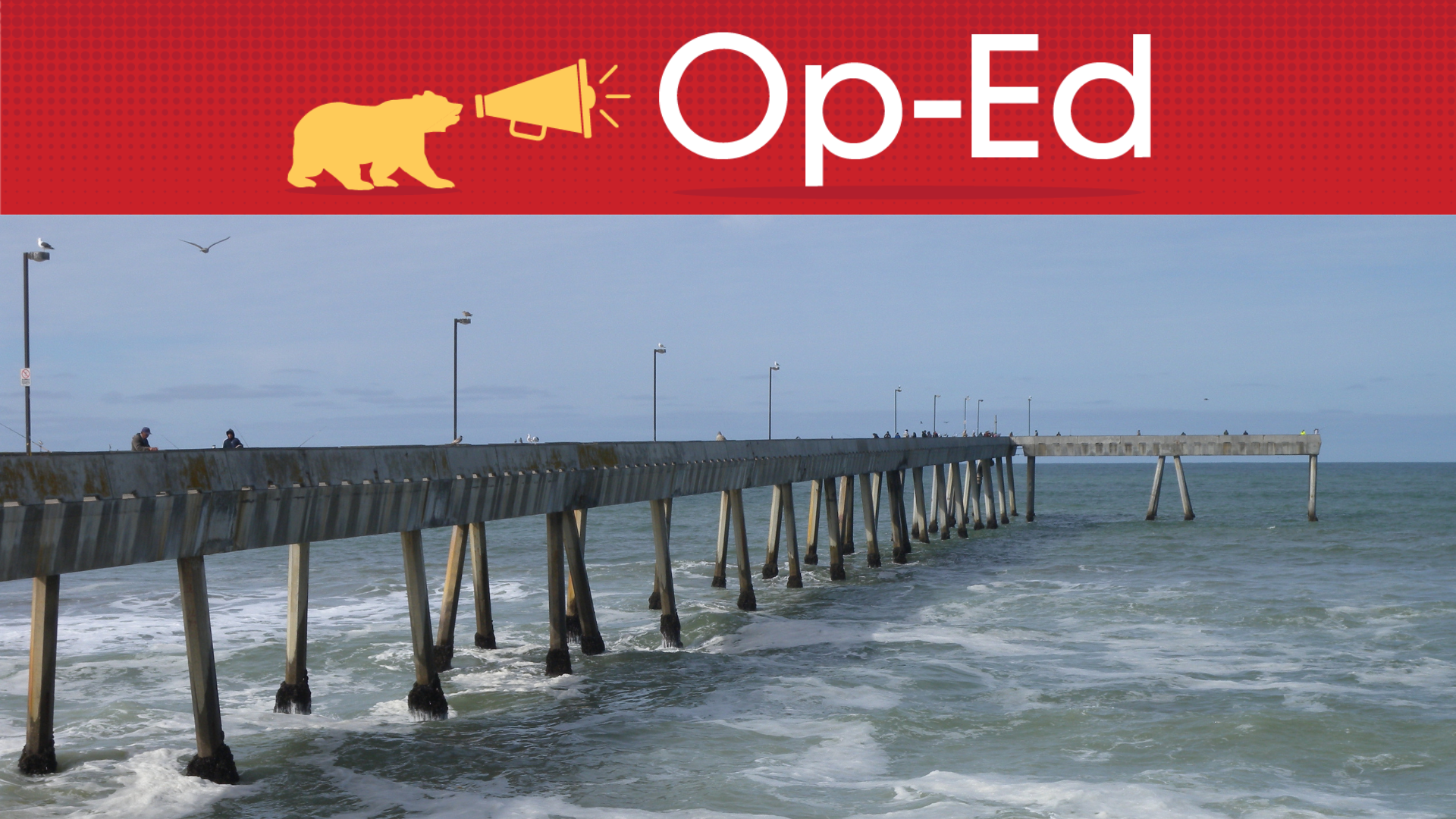The views and opinions expressed herein are those of the author and do not necessarily reflect the views of PublicCEO, its sponsors, its employees or any corporate relationships.
Op-Ed submitted by Kevin Woodhouse, Pacifica City Manager
Coastal planning is an inherently complex challenge for California’s coastal cities. As local governments, we have a responsibility to update the blueprints that guide future development in our cities, including in our coastal areas. In doing so, we must grapple with two realities that are seemingly in conflict:
- Sea level rise, combined with intensifying storms, are increasing risks along the coast.
- Our existing coastal neighborhoods and business districts are more important than ever as the economic, environmental and social heartbeat of our cities.
In my last op-ed for PublicCEO, I wrote about our experience in Pacifica solving a long-term budget deficit with a unique and community-driven strategic planning process. When it comes to updating the City’s Local Coastal Land-Use Plan (LCLUP), Pacifica is equally committed to creative, pragmatic solutions that are rooted in our community and its unique characteristics.
Over a decade ago, Pacifica started down the road of updating our LCLUP, a key planning document governing public and private actions in coastal areas within cities. Like many LCLUPs up and down the state, Pacifica’s is outdated — its last major update came in 1980. Similar to other coastal cities in California, updating our LCLUP to reflect current conditions and sea level rise projections has revealed interconnected challenges and a range of possible trade-offs that will shape the community for years to come.
In contrast to non-coastal land use planning, LCLUPs and their respective implementation plans require approval from both the local city council and the California Coastal Commission. Sharing this authority and responsibility means that coastal cities must embark on an iterative and collaborative process to update their LCLUP — one that balances the vision and will of the local community with that of the Coastal Act as interpreted by the Coastal Commission.
In some instances, our vision and wills align. In others, they’re in conflict. To successfully meet the needs of local residents and those who visit and enjoy the coast, cities and the Coastal Commission must work together in good faith to arrive at practical solutions that respect the unique characteristics of communities and the best interests of the entire California coastline.
That’s precisely what Pacifica is working hard to do. Since the Pacifica City Council submitted a comprehensive LCLUP update to the Coastal Commission in 2020, and Commission staff completed its analysis of the submission, City and Commission staff have worked collaboratively on innovative ideas and policies that can resolve our points of disagreement and meet our shared objectives. For instance, Pacifica’s view is that a one-size-fits-all approach to sea level rise adaptation is misguided and that tailoring policies for our unique coastal areas is critical.
One novel policy idea that Pacifica is currently discussing with our residents and the Coastal Commission is the concept of Special Resiliency Areas (SRAs). In Pacifica, our potential SRAs are in the West Sharp Park and Rockaway Beach districts. These districts are home to historic neighborhoods, business centers, visitor-serving amenities, continuous coastal access trails and vital City infrastructure. These special carve-out areas in the LCLUP would recognize existing publicly-owned shoreline protection. They would allow ongoing protection for public infrastructure, streets and coastal visitor amenities like access points, trails and parking lots. The SRAs would have the incidental benefit of protecting other public and private development in those areas. In other words, they balance the need to protect existing public infrastructure, neighborhoods, businesses and coastal resources with the need to properly plan for climate change throughout the City over the medium and long terms. The SRA policies recognize that any major changes to development along the coastline will require significant time – and money – to coordinate and implement, and that reasonable policies are needed now to balance near-term and long-term objectives.
As the City works with the Coastal Commission on a certified LCLUP, we are continuing to prioritize community input and engagement. Over the past several months, Pacifica has held a series of special community meetings to discuss the LCLUP update and what policies — whether SRAs or other approaches — will work best for our City. The City’s most recent Community Roundtable on Dec. 5 drew more than 160 attendees, as a third-party facilitator led nearly 20 small group discussions to garner community input on the suggested modifications. The City will host at least one more community forum in the coming weeks. In the coming months, the Pacifica City Council will consider submitting a final comment letter to the Coastal Commission summarizing our preferred direction.
Despite the challenges and complexities of the LCLUP update, I’m keenly aware that there may not be a more important planning effort to see across the finish line. These challenges demand action, and the longer it takes to put a new LCLUP in place, the more the challenges compound. An updated LCLUP should reflect our best and latest thinking, be driven by cutting-edge science and include strong provisions for periodic review and reassessment of key assumptions. Pacifica’s proposed LCLUP accomplishes all three and exemplifies a forward-looking approach.
The planning decisions we make today for our coast will shape our communities for decades to come. By working collaboratively, creatively and with a clear-eyed view of the future, Pacifica and other coastal cities can position themselves for a viable and resilient future.
 Kevin Woodhouse has worked in local government for 32 years. Since October 2017, he has served as city manager for the city of Pacifica, a coastal community with a population of approximately 40,000 just south of San Francisco. Prior to his work at Pacifica, Kevin served as assistant general manager for the Midpeninsula Regional Open Space District, a special district that covers 550 square miles and manages more than 62,000 acres of open space along the San Francisco Peninsula. Before that, he was the deputy city manager for the City of Mountain View.
Kevin Woodhouse has worked in local government for 32 years. Since October 2017, he has served as city manager for the city of Pacifica, a coastal community with a population of approximately 40,000 just south of San Francisco. Prior to his work at Pacifica, Kevin served as assistant general manager for the Midpeninsula Regional Open Space District, a special district that covers 550 square miles and manages more than 62,000 acres of open space along the San Francisco Peninsula. Before that, he was the deputy city manager for the City of Mountain View.
Kevin has published and/or presented about organizational ethics, council-manager relations, tax measures and zoning. He holds a BA in Philosophy from Stanford University, an MPA from San Francisco State University, is a graduate of the Berkeley Haas School of Business Executive Leadership Program and is active in the city management profession through the International City/County Management Association and affiliated groups.
Do you agree with this op-ed? Do you disagree? Do you have another viewpoint you’d like to share on PublicCEO? Opine on an idea or share your insights in an op-ed. Submit one now.






